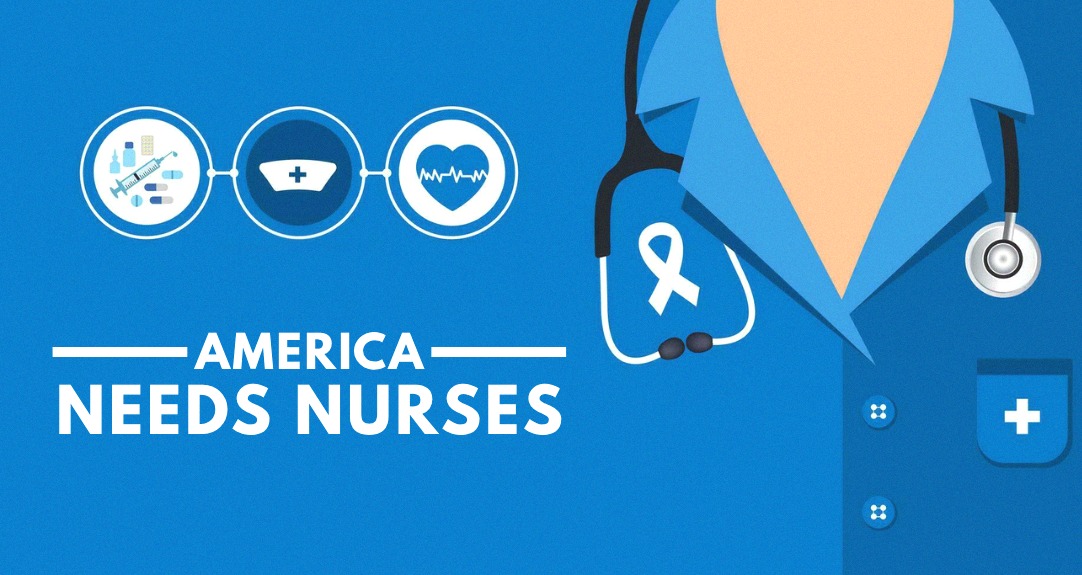- America Needs Nurses
- Posts
- 👩⚕️ Return-to-Work Programs: Retired Nurses Back on the Frontlines
👩⚕️ Return-to-Work Programs: Retired Nurses Back on the Frontlines
Hospitals Call on Retired & Inactive Nurses to Fill Staffing Gaps
Find out why 1M+ professionals read Superhuman AI daily.
In 2 years you will be working for AI
Or an AI will be working for you
Here's how you can future-proof yourself:
Join the Superhuman AI newsletter – read by 1M+ people at top companies
Master AI tools, tutorials, and news in just 3 minutes a day
Become 10X more productive using AI
Join 1,000,000+ pros at companies like Google, Meta, and Amazon that are using AI to get ahead.
With staffing shortages showing no signs of slowing down, many hospitals are turning to an often-overlooked solution: return-to-work programs for retired and inactive nurses. These initiatives are helping to stabilize patient care while tapping into the unmatched expertise of seasoned professionals.

📊 Why It’s Happening
The U.S. is projected to face a shortage of 200,000+ nurses by 2030.
Retired and inactive nurses represent a large, experienced talent pool.
Hospitals are finding it faster to re-train returning nurses than onboard new graduates.
👩⚕️ What Return-to-Work Programs Look Like
Refresher Courses: Short-term training in updated clinical practices, EHR systems, and current protocols.
Flexible Roles: Many retirees rejoin in part-time, mentorship, or telehealth positions.
Onboarding Support: Hospitals are offering tailored re-entry tracks to ease the transition back into high-demand environments.
🌟 Real-World Impact
In New York, one hospital launched a “Retired-to-Rescue” program during the post-pandemic surge—over 200 nurses returned, many staying on permanently.
In Texas, hospitals are pairing retired nurses with new graduates, creating a mentorship pipeline that benefits both staff and patients.
Nationally, retired nurses are proving especially valuable in public health, home care, and rural hospital settings.
🔑 Key Considerations
Licensure & Competency: State boards are streamlining requirements for inactive nurses to relicense.
Work-Life Balance: Programs prioritize flexibility to respect retirees’ lifestyle needs.
Retention Strategy: Return-to-work is a bridge solution, but long-term workforce planning is still critical.
At America Needs Nurses, we see return-to-work initiatives as a powerful short-term fix that keeps experienced hands at the bedside while giving younger nurses the support they need.
🧡
America Needs Nurses Team
Join Our Skool Community


